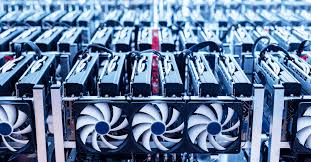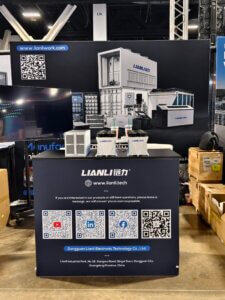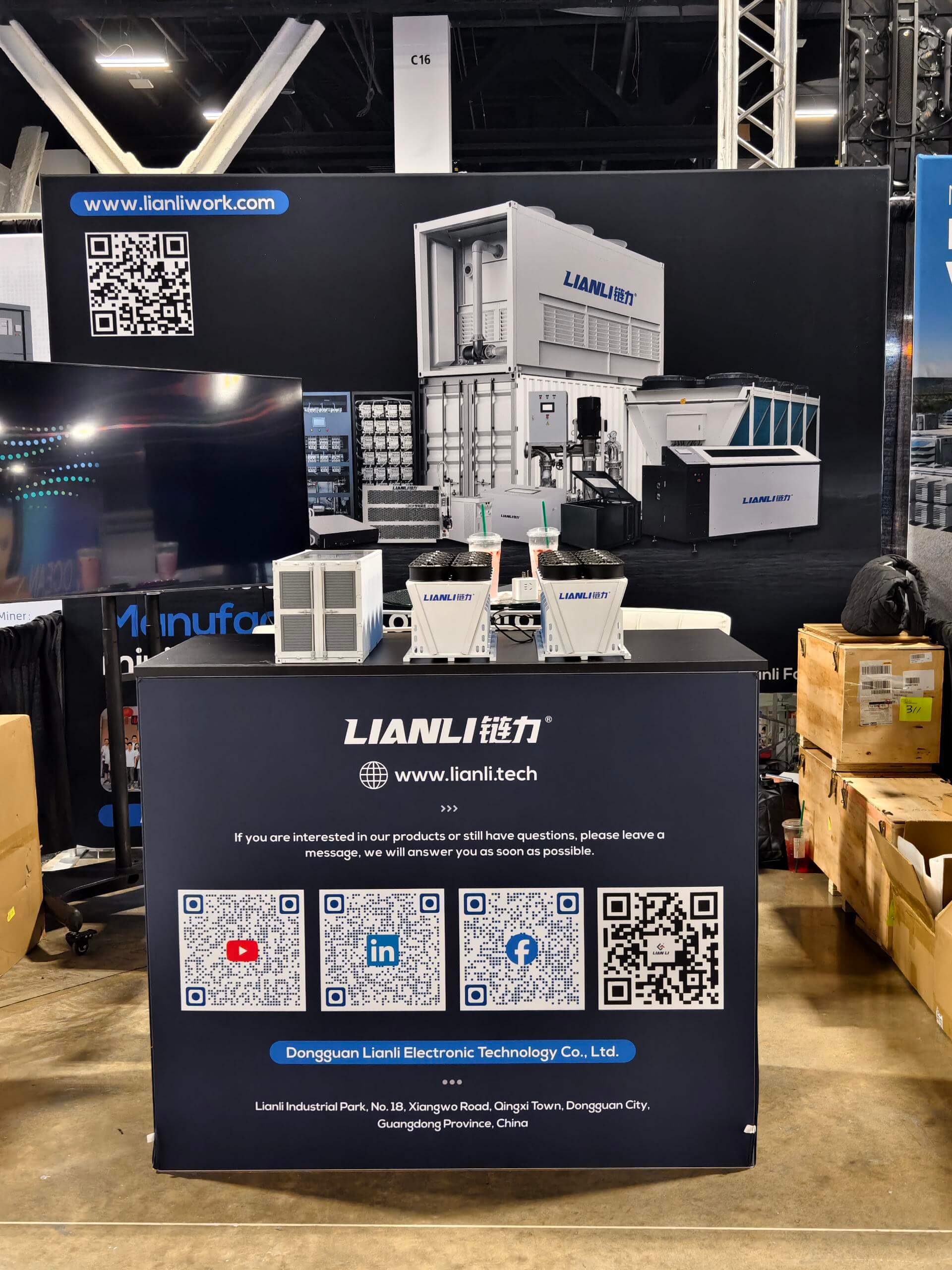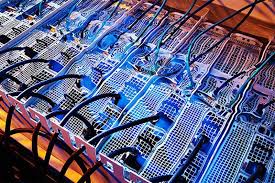Is Hydro Cooling the Future of Bitcoin Mining? – Crypto mining has become an arms race where efficiency, performance, and sustainability dictate profitability. As miners strive to maximize returns while battling rising energy costs, hardware wear, and heat management challenges, liquid cooling emerges as a transformative solution.
Unlike traditional air cooling, which relies on fans and air circulation, liquid cooling delivers superior thermal regulation, enabling mining rigs to operate optimally under heavy workloads. Let’s dive deeper into how liquid cooling works, its advantages, and challenges, and why it’s increasingly being seen as the future of crypto mining.
Why Traditional Air Cooling Falls Short?
Inefficiency in Heat Dissipation Air cooling depends on fans to push hot air away from mining equipment, but as hardware becomes more powerful, the heat generated increases exponentially. Managing this heat with air alone requires larger and more powerful fans, which consume significant energy. Thermal Throttling When temperatures rise beyond safe operating limits, hardware components automatically reduce their performance to prevent damage. This “thermal throttling” reduces mining efficiency, costing miners valuable hash rates and profit. Increased Costs and Maintenance Air cooling systems are energy-intensive and require frequent maintenance, especially in dusty or humid environments. Over time, dirt accumulation on fans and heatsinks can degrade cooling efficiency and damage components. Environmental and Noise Concerns Air cooling contributes to high noise levels and carbon emissions, making mining setups less sustainable and less suitable for urban or residential areas.How Liquid Cooling Works in Crypto Mining
Liquid cooling involves transferring heat away from components using a liquid medium, which is far more effective than air at absorbing and dissipating heat. There are two primary approaches:- Direct-to-Chip Liquid Cooling
- Immersion Cooling
Advantages of Liquid Cooling
- Unparalleled Thermal Efficiency
- Boosted Hash Rate and Performance
- Energy Savings
- Reduced Noise and Environmental Impact
- Extended Hardware Lifespan
- Compact, Space-Efficient Designs
Real-World Applications of Liquid Cooling in Crypto Mining
Large-Scale Mining Farms: Companies like Bitmain and Core Scientific have adopted liquid cooling for their industrial operations to reduce costs and increase profitability. Home Mining Enthusiasts: Small-scale miners are increasingly exploring DIY liquid cooling systems to manage heat and noise in home setups. High-Performance Overclocking: Liquid cooling particularly appeals to miners who overclock their hardware to achieve higher hash rates without risking damage.Challenges of Liquid Cooling
Despite its numerous advantages, liquid cooling is not without its drawbacks:- High Upfront Costs
- Maintenance Requirements
- Technical Complexity
- Compatibility Issues
Is Liquid Cooling the Future of Crypto Mining?
The global cryptocurrency mining industry is moving toward more sustainable and efficient practices, driven by rising energy costs, environmental regulations, and the need for a competitive edge. Liquid cooling is well-positioned to meet these demands, offering:- Greater profitability through reduced operating costs
- Higher performance and scalability for industrial mining farms
- A sustainable alternative for eco-conscious miners





